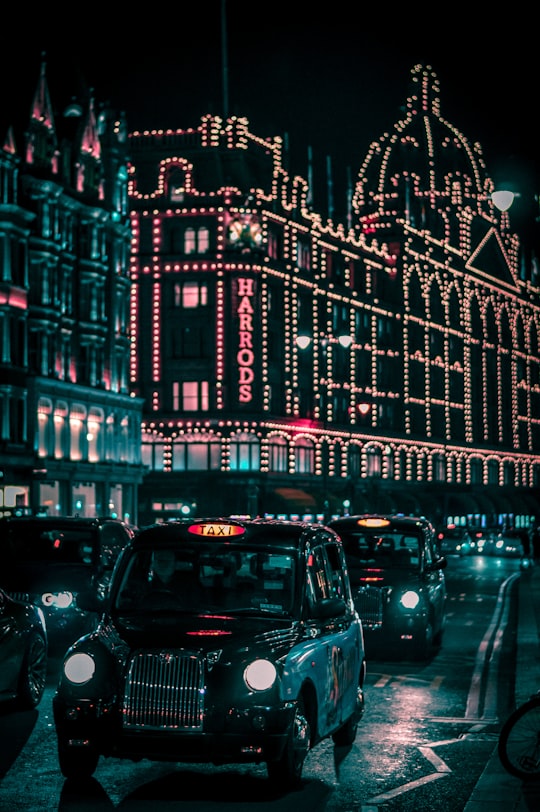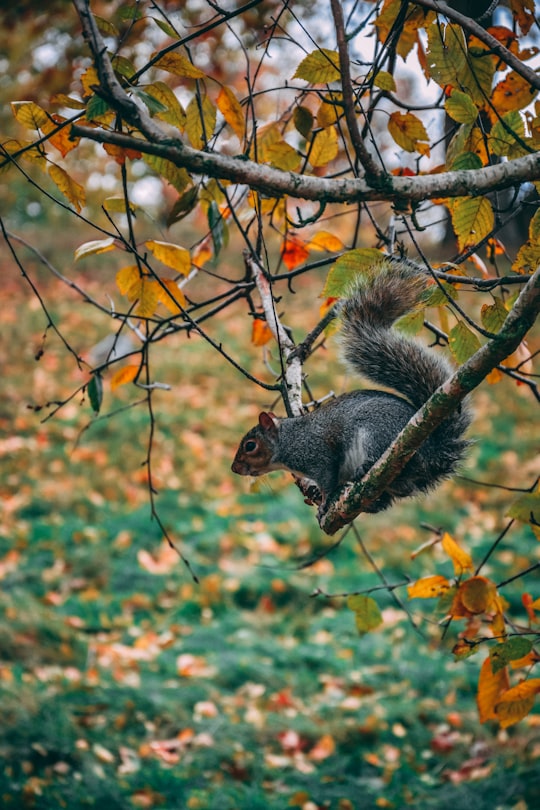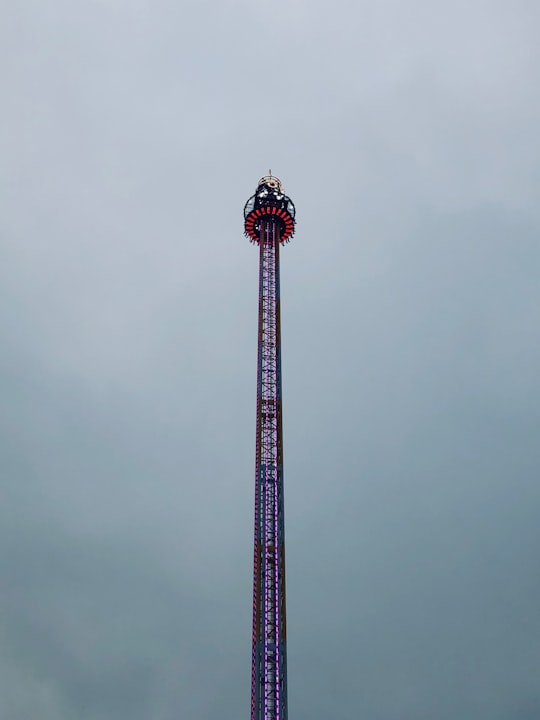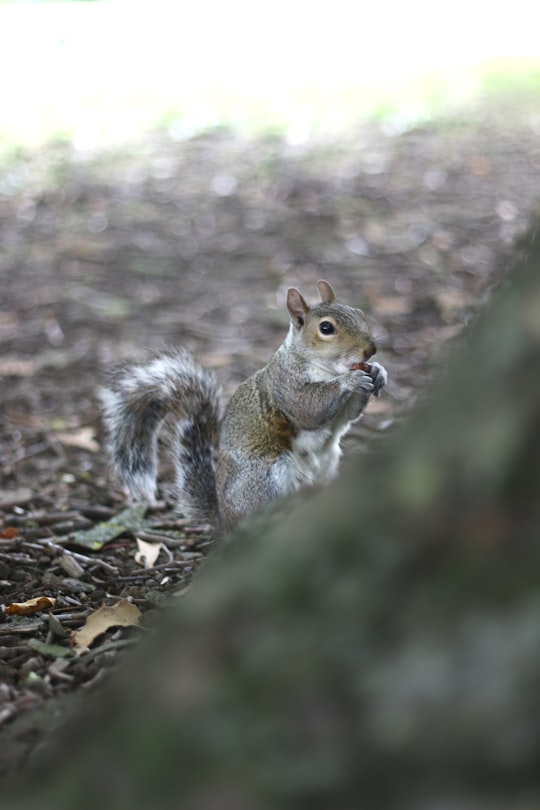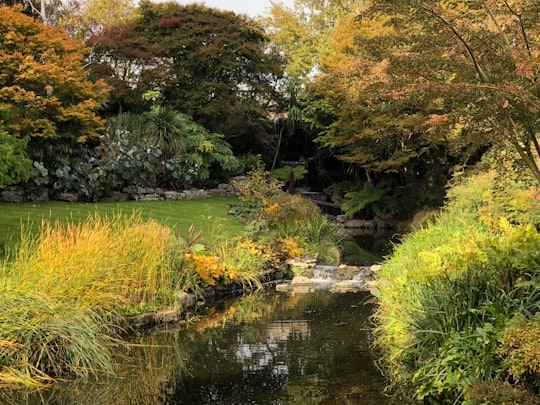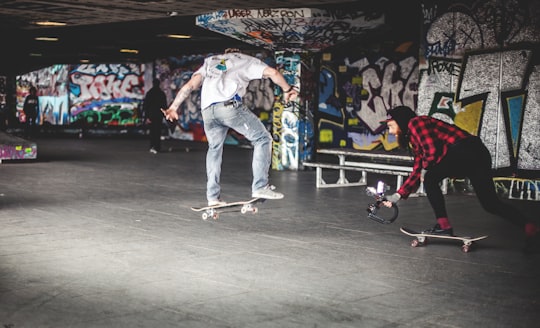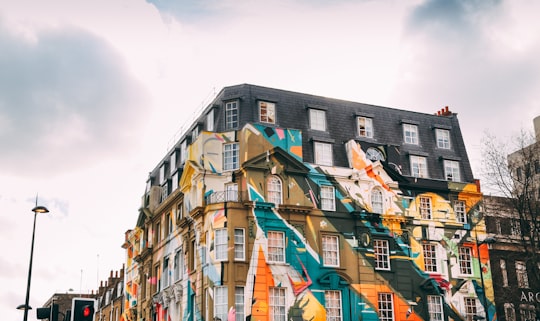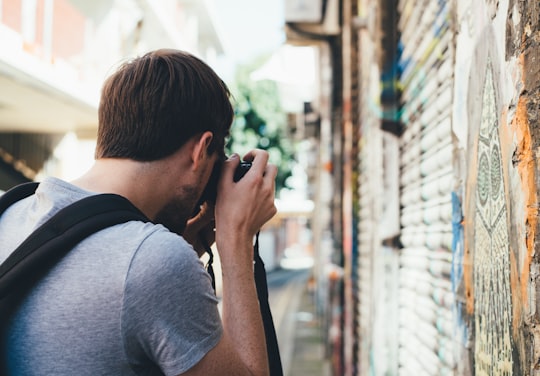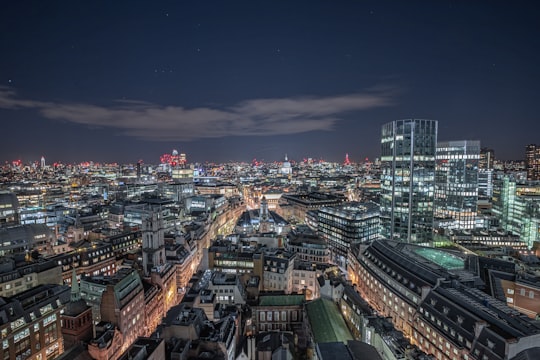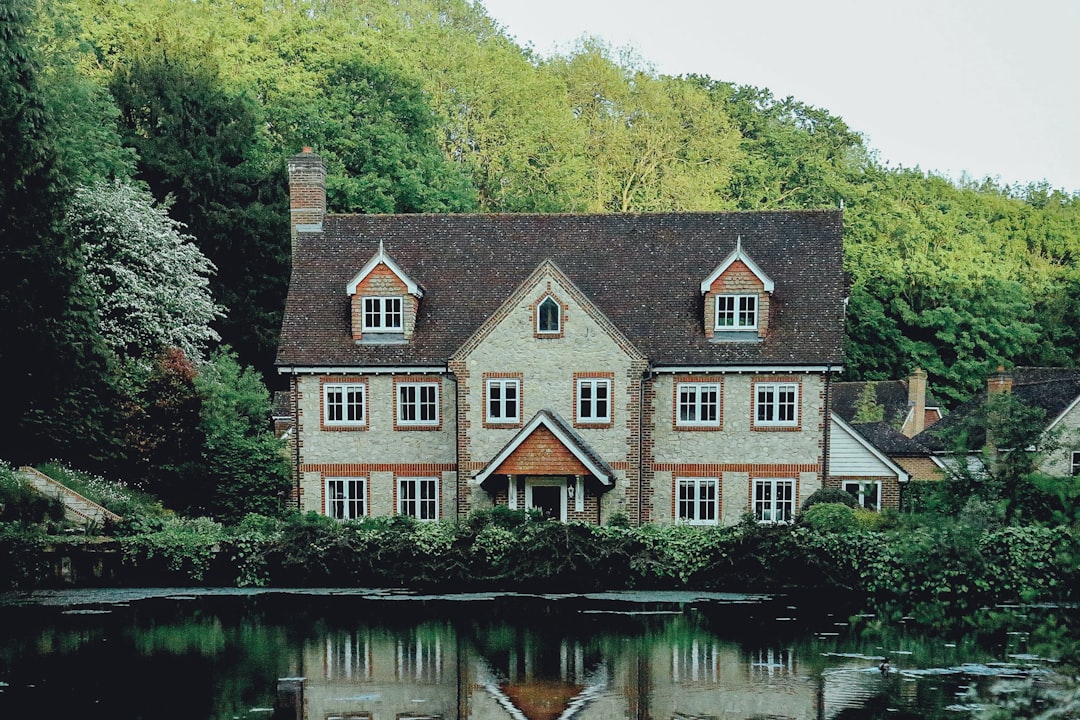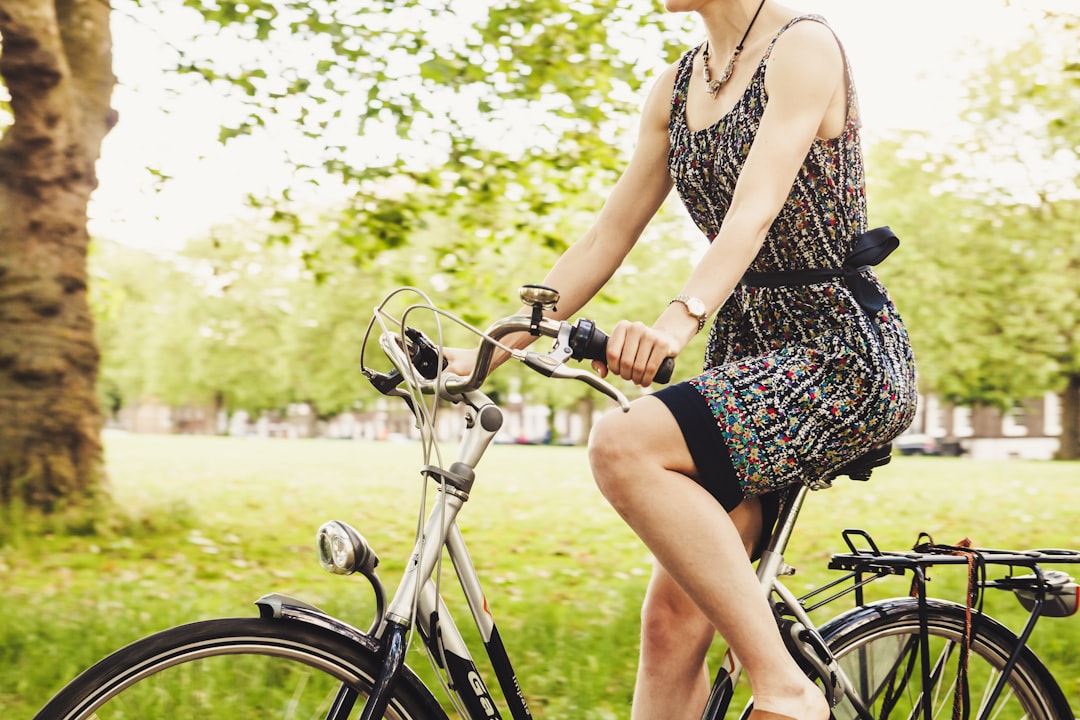Travel Guide of Hyde Park in United Kingdom by Influencers and Travelers
Hyde Park is a Grade I-listed major park in Central London. It is the largest of four Royal Parks that form a chain from the entrance of Kensington Palace through Kensington Gardens and Hyde Park, via Hyde Park Corner and Green Park past the main entrance to Buckingham Palace.
Pictures and Stories of Hyde Park from Influencers
14 pictures of Hyde Park from Biel Morro, Kinson Leung, Paolo Nicolello and other travelers
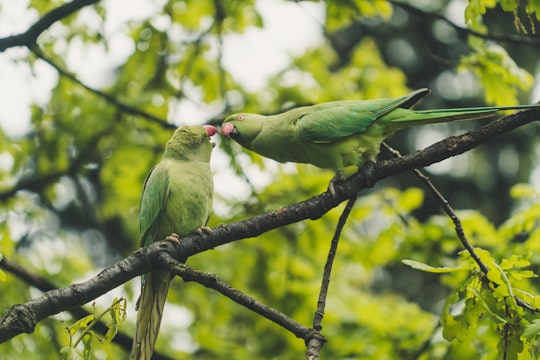
- A birds couple in Hyde Park, London ...click to read more
- Experienced by @Paolo Nicolello | ©Unsplash

- A squirrel in Hyde Park, London ...click to read more
- Experienced by @Paolo Nicolello | ©Unsplash
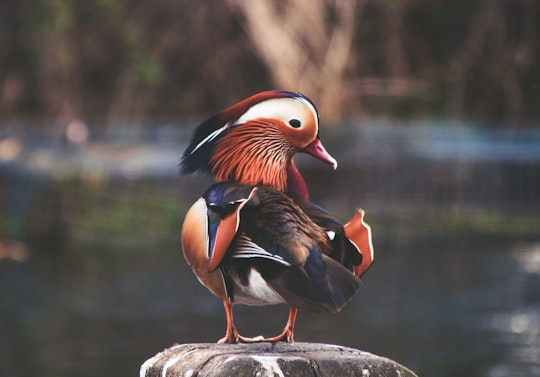
- A beautiful side profile ...click to read more
- Experienced by @Paolo Nicolello | ©Unsplash
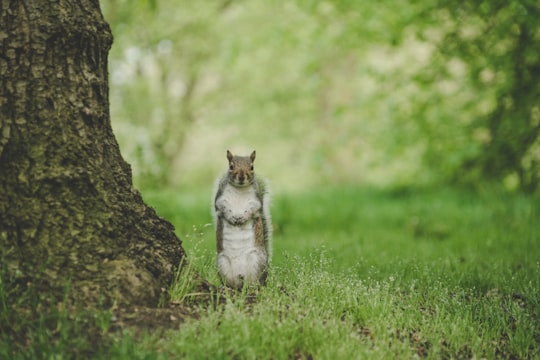
- A squirrel in Hyde Park, London ...click to read more
- Experienced by @Paolo Nicolello | ©Unsplash
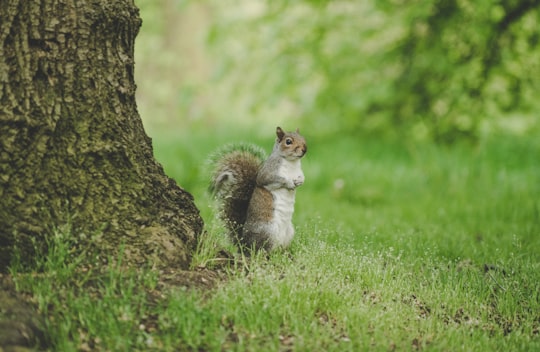
- A squirrel in Hyde Park, London ...click to read more
- Experienced by @Paolo Nicolello | ©Unsplash

- Winter night in London. ...click to read more
- Experienced by @Adan Tadeo Marín | ©Unsplash
Plan your trip in Hyde Park with AI 🤖 🗺
Roadtrips.ai is a AI powered trip planner that you can use to generate a customized trip itinerary for any destination in United Kingdom in just one clickJust write your activities preferences, budget and number of days travelling and our artificial intelligence will do the rest for you
👉 Use the AI Trip Planner
Book your Travel Experience at Hyde Park
Discover the best tours and activities around Hyde Park, United Kingdom and book your travel experience today with our booking partners
Map of Hyde Park
View Hyde Park on a map with the the closest popular places nearby
More Travel spots to explore around Hyde Park
Click on the pictures to learn more about the places and to get directions
Discover more travel spots to explore around Hyde Park
🐾 Wildlife spots 🗼 Landmark spots 🌲 Nature reserve spots Ferris wheel spotsLearn More about Hyde Park
Whether you're looking for a leisurely stroll through one of London's most impressive parks, or an exciting adventure for the whole family, Hyde Park has something for both. Everything is possible in Hyde Park: football, swimming, boating, photography and even a quiet afternoon with a good book. Henry VIII first took possession of the area now known as Hyde Park in 1536, without whom it would not exist today. Henry VIII was the first royal to take an interest in the area, and during his reign he was often seen hunting deer with his courtiers. In fact, he loved the place so much that he eventually built a fence around it to keep out visitors and created a pond for the deer. The park was also the scene of royal hunts and hosted various ambassadors and dignitaries. It was not until James I came to power that 'limited access' was finally allowed, and in 1637 Charles I finally opened it to the public (although at one point the park remained closed to the public until 1949). Did you know? Hyde Park is still one of London's most popular outdoor attractions, hosting many festivals, events, exhibitions and concerts throughout the year. It also encompasses over 360 acres of grounds, which include attractions, gardens, monuments and even a palace. In the north-east of the park are major attractions such as Marble Arch, the Animals in War monument and Speakers' Corner, the world's most famous free speech venue, used by Winston Churchill, Karl Marx and George Orwell. To the north west of Hyde Park are Diana Memorial Park, Kensington Palace, Kensington Gardens and the statues of Queen Victoria and William III. Attractions to the south-west include the Albert Memorial (close to the Royal Albert Hall), the Diana, Princess of Wales Memorial Fountain (where you can dip your feet in the water) and the Serpentine Gallery. In the south-east of the park you'll find the Hyde Park Bandstand (also Britain's oldest bandstand), the Achilles Statue and the Holocaust Memorial Garden. If you have time, you can also see One Hyde Park House, one of the most expensive flats in the world, south of South Carriage Drive (a flat was recently sold for £140 million). At the heart of Hyde Park is a 40-acre lake (the Serpentine), which no visitor should miss. At the northern end of the lake is an impressive Italian garden, and just south of it is the popular statue of Pan. There is also a seven-mile 'Princess Diana Memorial Walk' which takes in famous buildings and places associated with the late Princess Diana. To take part, simply follow the plaques on the ground in Hyde Park. In winter, Hyde Park is transformed into a 'Winter Wonderland' with Bavarian-style food stalls, a giant skating rink, rollercoasters and other popular attractions.
Where to Stay near Hyde Park
Discover the best hotels around Hyde Park, United Kingdom and book your stay today with our booking partner booking.com
Popular destinations near Hyde Park
Disover the best Instagram Spots around Hyde Park here
